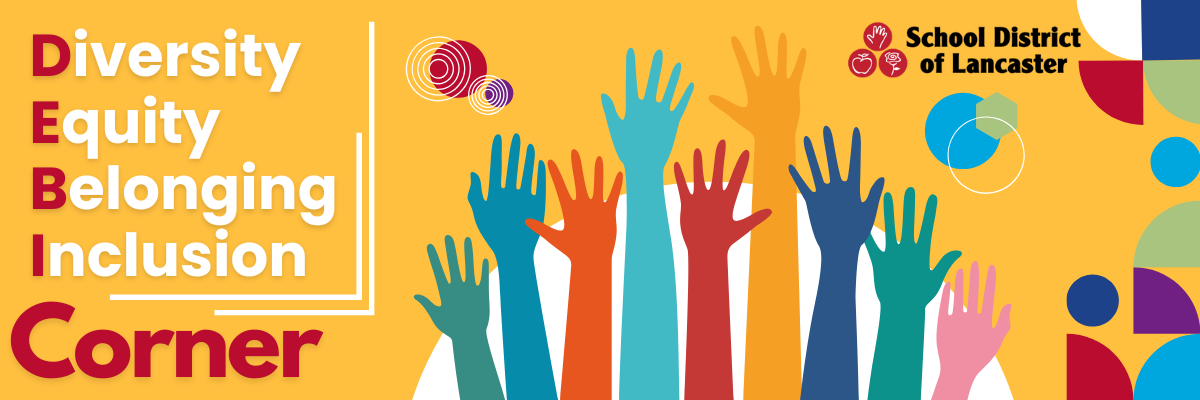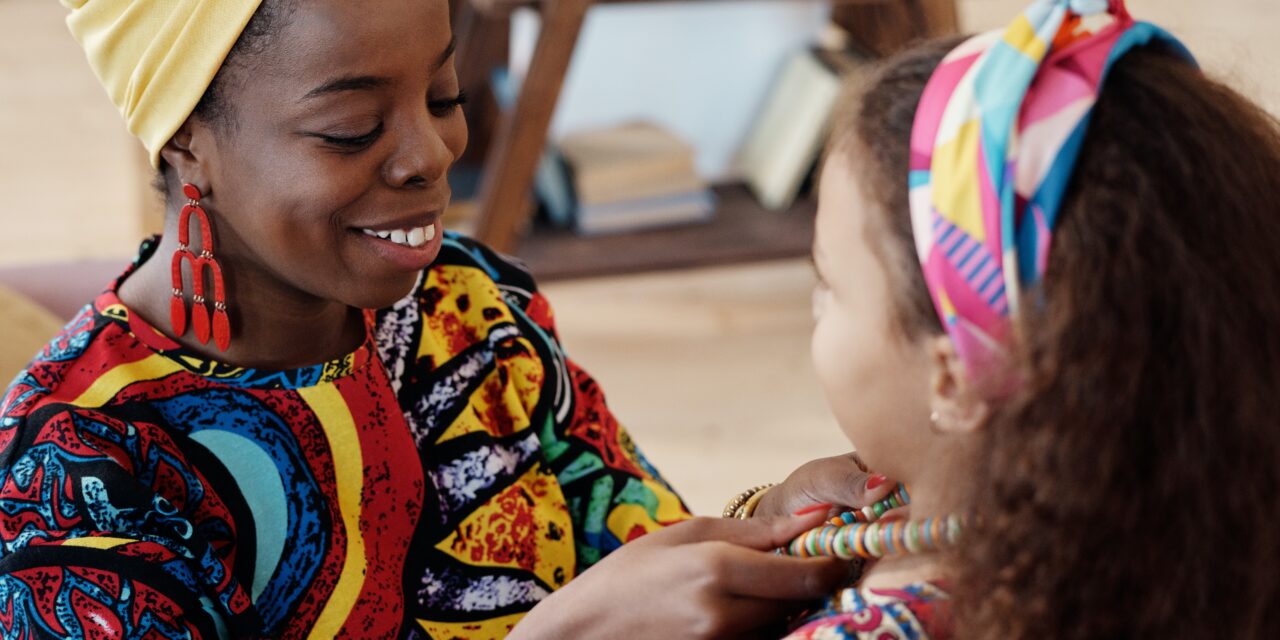
At the heart of a thriving, inclusive school community lies a deep commitment to celebrating and embracing the diverse cultural identities of every student, staff member, and family. This commitment goes beyond merely recognizing differences—it is about valuing, honoring, and affirming the unique histories, traditions, languages, and experiences that each individual brings. When we create spaces that welcome and support cultural diversity, we lay the foundation for an environment where everyone feels seen, heard, and respected. This not only enhances the personal and academic growth of our students but also strengthens the social fabric of our entire community.

Why Acceptance Matters
Cultural acceptance is a practice that shapes the educational experience for every member of our school. It is foundational to the health and success of our school community When students and staff feel their cultural identity is affirmed, their sense of self-worth is enhanced, which positively impacts their engagement in school life. For students, this kind of acceptance nurtures self-esteem and a sense of belonging, which are essential for their academic success and overall well-being. In classrooms where cultural diversity is celebrated, students are more likely to feel empowered to express themselves, take risks in their learning, and contribute meaningfully to the community.
Cultural acceptance also helps to build empathy and mutual respect among peers. By learning about the lives and experiences of others, students develop a deeper understanding of the world beyond their own immediate surroundings, which fosters a sense of shared humanity. It creates a space where each individual’s history, language, traditions, and experiences become vital components of our shared story. This is particularly crucial in today’s interconnected world, where the ability to navigate cultural differences with empathy and understanding is vital. As we embrace cultural diversity, we are preparing students not only to succeed academically but also to thrive as global citizens who value collaboration, understanding, and mutual respect.

Ways to Celebrate Diversity
Celebrating cultural diversity is an ongoing journey that can take many forms—whether it’s in the classroom, across the school, or within the wider community. Below are several ways we can intentionally foster an environment of cultural acceptance and celebration:
Classroom Activities:
- Cultural Showcase: Create opportunities for students to share aspects of their heritage, such as traditional dances, music, art, or storytelling. This not only allows students to teach their peers but also encourages pride in their cultural backgrounds.
- Diverse Literature: Include books and stories that represent a wide range of cultural experiences. Diverse literature can open students’ eyes to different perspectives, helping them understand the complexity of human experience while also seeing their own lives reflected in the stories they read.
- Artifact and Food Sharing: Invite students to bring in items, foods, or artifacts that are meaningful to their cultural heritage. Sharing the stories behind these objects creates a deeper connection between students, enriching their understanding of each other’s traditions.
- Cultural Exchange Days: Organize days where students from different cultural backgrounds pair up to learn from one another. This could include sharing language lessons, family customs, or cultural practices that make each student’s background unique.
- Cross-Cultural Projects: Encourage students to work together on projects that explore global traditions, important historical events, or cultural customs. By researching and presenting information, students can learn to appreciate both the diversity and shared humanity that exists across cultures.

School-Wide Initiatives:
- Culture Day: Host an all-school event where students, families, and staff come together to celebrate different cultures. This could include performances, art exhibitions, traditional music, and cultural foods. A Culture Day creates a vibrant and inclusive atmosphere, showcasing the richness of our community’s diversity.
- Diversity Spotlights: Use school newsletters, social media platforms, and bulletin boards to highlight the stories, achievements, and contributions of individuals from diverse cultural backgrounds. These “spotlights” can amplify voices that may often go unheard and help students see the value in diversity.
- Inclusive Policies: Review and adjust school policies to ensure that they reflect an inclusive approach to education. This could include reviewing the curriculum to ensure that diverse perspectives are represented, ensuring that extracurricular activities are accessible to all students, and making sure that disciplinary policies take into account cultural differences in communication and behavior.
- Professional Development for Staff: Offer training sessions that focus on cultural competence and inclusive teaching strategies. Teachers and staff members should feel equipped to engage with diverse cultural identities in meaningful ways and be able to create a classroom environment where every student feels welcome and supported.
Community Events:
- Partnerships with Local Cultural Organizations: Collaborate with local cultural centers, museums, and advocacy groups to bring educational programs into the school. These partnerships can help deepen students’ understanding of cultural histories and traditions that may not be immediately represented in their day-to-day lives.
- Multicultural Potlucks: Host school-wide potluck events where families are invited to share traditional dishes from their culture. Food is a powerful medium for connection and storytelling, and these events can provide a unique way to learn about one another’s backgrounds.
- Cultural Heritage Months: Take the opportunity to celebrate specific cultural heritage months by hosting guest speakers, educational workshops, and special programs. These observances offer a platform to celebrate the achievements and histories of different communities, as well as provide learning opportunities for the entire school.
- Mentorship Programs: Create mentorship opportunities where students from different backgrounds are paired with role models or mentors who share similar cultural identities. These relationships can provide students with valuable guidance, help them see the importance of cultural pride, and encourage them to pursue their academic and personal goals.

How Teachers and Administrators Can Embrace Diversity
Teachers and administrators have a responsibility in shaping the school climate and creating an environment where every identity is celebrated. By actively integrating cultural acceptance into everyday practices, they can lead the way in fostering a more inclusive and understanding school culture.
- Incorporate Diverse Perspectives: Teachers can weave diverse cultural viewpoints into lesson plans, discussions, and activities. By integrating global history, literature, and perspectives into daily instruction, teachers can show students that diversity is a strength that enriches our learning environment.
- Inclusive Language: The language we use in the classroom and throughout the school is powerful. Teachers and administrators should use language that is inclusive of all cultural identities and that encourages respect and empathy for others. This includes avoiding stereotypes and making sure that everyone feels their culture is acknowledged.
- Create Equitable Opportunities: It’s important that all students, regardless of cultural background, have access to leadership opportunities, extracurricular activities, and academic resources. Teachers and administrators should actively look for ways to ensure that no student is marginalized or overlooked.
- Encourage Cultural Curiosity: Teachers and administrators should model a curiosity about the cultures of others and encourage students to explore different cultural experiences. Asking students to share stories, traditions, or family histories in class fosters a deeper sense of community and invites everyone to learn from one another.
- Assess Inclusivity Regularly: Regularly reflect on the inclusivity of classroom practices and school policies. This includes evaluating the diversity of materials, the representation of different cultural groups in teaching content, and the inclusiveness of school events. Teachers and administrators should be open to feedback and make adjustments to ensure that all students feel seen and valued.
Student Voice Feature
Our students are the heart of our school community, and their voices and experiences are a powerful tool for creating an inclusive culture. This month, we celebrate the artwork, stories, and poems from students who proudly express their cultural identities. These expressions of creativity showcase the beauty, richness, and diversity of our community. We encourage all students to submit their work and share their stories to inspire and engage others in the celebration of cultural identity.
Reflection Challenge
Cultural acceptance begins within ourselves, and it is important for staff, students, and families to reflect on how they contribute to creating an inclusive environment. Here are some questions to guide your reflection:
- How do I actively seek to learn about and appreciate different cultures in my daily life?
- How do I create an environment of inclusion at home, work, or within my community?
- What specific actions can I take to become a stronger advocate for cultural acceptance and equity?
By reflecting on these questions, we can all take deliberate steps toward fostering a more inclusive and empathetic community. The strength of our diversity is what makes us unique, and together, we can build a school environment where every cultural identity is honored and celebrated. Let’s continue to grow and learn from one another, strengthening our bonds and preparing our students for a future where cultural understanding is key to global collaboration and success.
#
This is part of the Office of Diversity, Equity, Belonging ,and Inclusion’s “DEBI’s Corner”. Have thoughts, feedback, or ideas for DEBI’s Corner? We’d love to hear from you. Let’s continue this journey, hand in hand.
Click Here to submit a topic and details. We will credit your submission.
